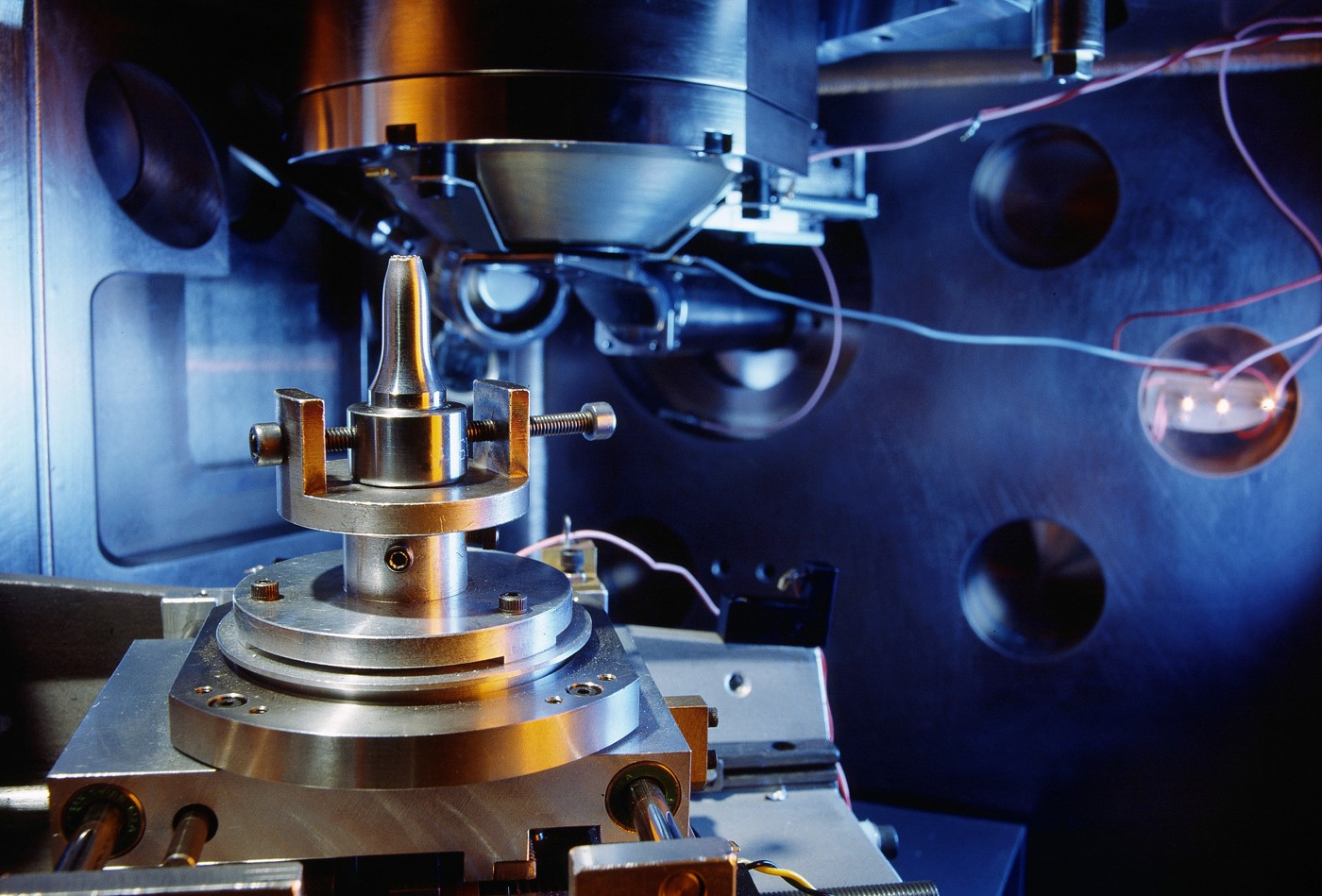Study Uses Microscopy to Trace Progressive Kidney Damage in Alport Mouse Model

Three-dimensional modeling of kidney structures in a mouse model of Alport disease, using very high-resolution microscopy, revealed how damage to the kidneys evolves.
The data provides new insights into disease mechanisms that could lead to more specific treatments for patients with Alport disease, and possibly for those with other types of glomerular kidney disease.
The study, “Three-dimensional electron microscopy reveals the evolution of glomerular barrier injury,” was published in the journal Scientific Reports.
To better understand the cellular and molecular changes leading to kidney damage in Alport disease, researchers at the University of Manchester in the U.K. explored tissue samples using electron microscopy, allowing them to build a three-dimensional picture of the glomerulus and its basement membrane — the kidney unit filtering urine from the blood.
As kidney disease affecting glomeruli can be caused by many different factors, researchers compared glomeruli from mice lacking the COL4A3 gene— the cause of Alport — with those from mouse models of other glomerular diseases.
Researchers compared glomeruli from Alport mice of different ages to track the disease’s evolution. In healthy glomeruli, cells called podocytes have foot processes that rest on the basement membrane, contributing to filtration. Researchers noted that in young mice, the foot processes were evenly distributed.
But as the Alport mice aged, the cells and their foot processes became unorganized and fewer in number. In areas where researchers saw a loss of podocytes, the basement membrane had an uneven appearance, with thinner and thicker sections.
Researchers also noted that podocyte cells started growing processes that protruded into the basement membrane. Similar changes were found in two mouse models of other glomerular diseases.
Mesangial cells — another cell type found between blood vessels in the glomerulus — were also seen to protrude into the basement membrane in all three types of diseased mice.
Similar changes were found in kidney samples from two human Alport patients. Particularly, researchers saw processes invading the basement membrane that resembled podocytes. But, they said, further study was needed to confirm whether the evolving damage seen in animal models of Alport would also be found in patients.







Leave a comment
Fill in the required fields to post. Your email address will not be published.